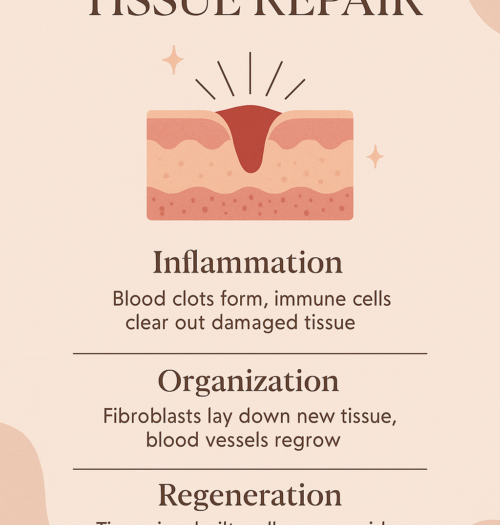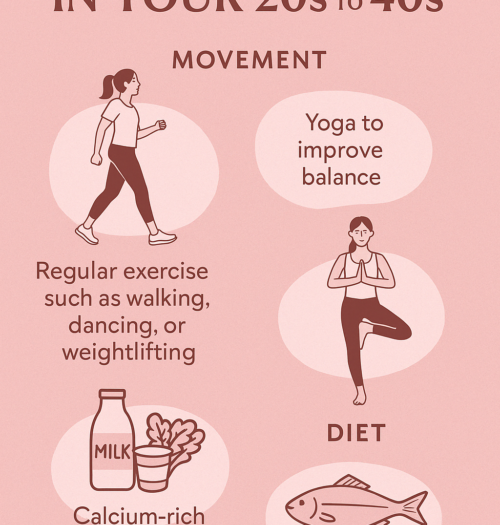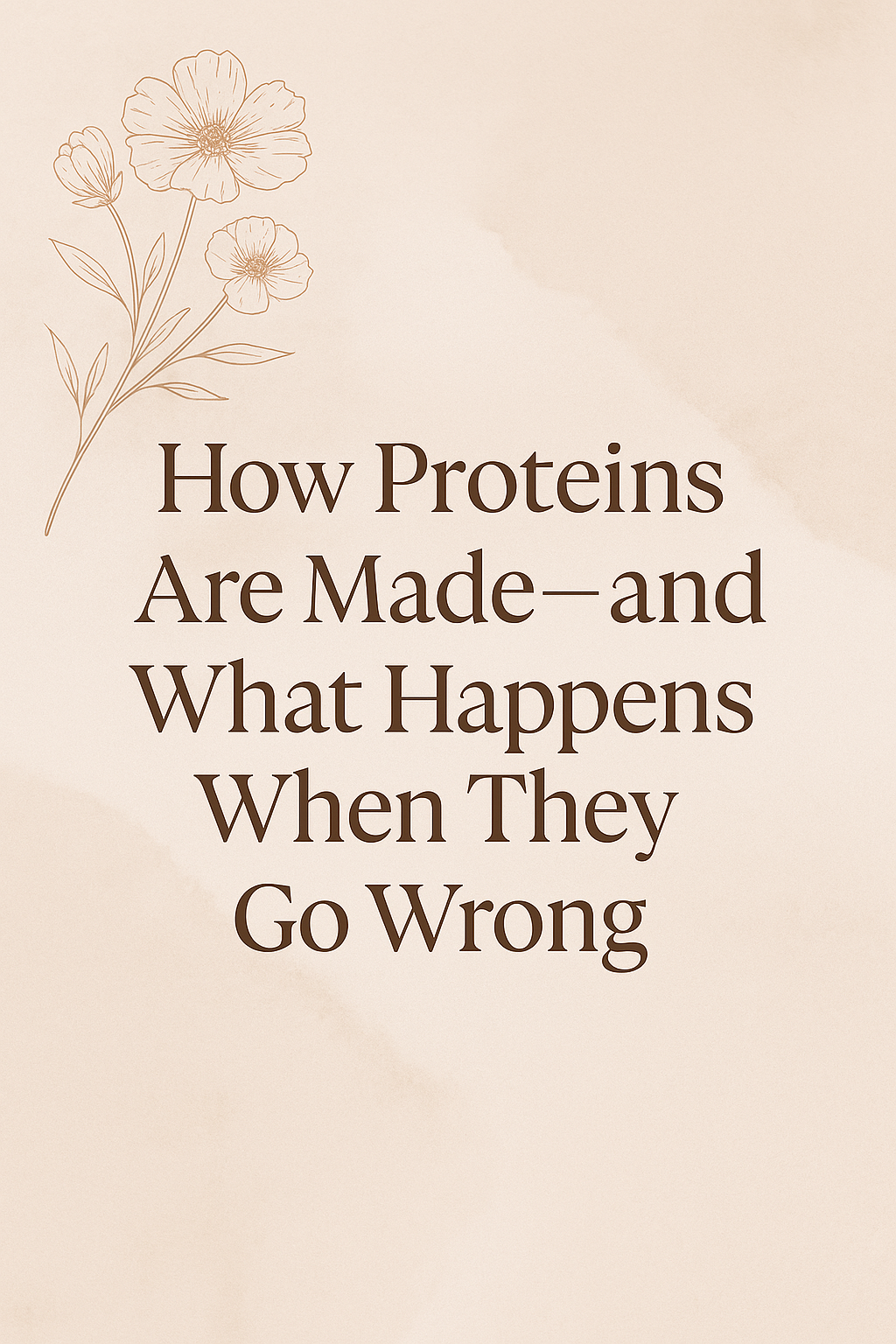
How Proteins Are Made—and What Happens When They Go Wrong
Every single function in our bodies—from blinking to breathing—depends on proteins. But how are they actually made? And what happens when that process goes off track?
Let’s break it down.
It All Starts in the Nucleus
The process of protein synthesis begins in the nucleus of your cells. Step one is called transcription, where DNA unwinds and an enzyme called RNA polymerase reads the gene’s instructions. From that, it creates a complementary strand of messenger RNA (mRNA), which acts as a temporary copy of the genetic code.
This mRNA strand then leaves the nucleus through nuclear pores and travels to a ribosome, which may float freely in the cytoplasm or attach to the rough endoplasmic reticulum.
Reading the Code
At the ribosome, the mRNA is read in sets of three bases called codons. Each codon corresponds to a specific amino acid. Then comes transfer RNA (tRNA), which delivers the matching amino acid to the ribosome like a puzzle piece. The ribosome links these amino acids together using peptide bonds, forming a long polypeptide chain.
This chain folds into a functional protein—a key player in everything from metabolism to muscle repair. Once complete, the protein is sent wherever it’s needed in the cell or body.
When Proteins Malfunction
But what happens when a protein doesn’t fold correctly?
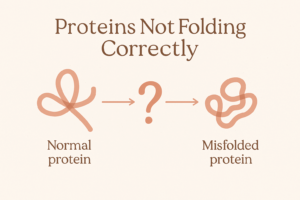
One powerful example is Cystic Fibrosis (CF), a genetic condition caused by a mutation in the CFTR gene. Normally, the CFTR protein helps move salt and water in and out of cells. But in people with CF, the protein is malformed or missing altogether. This disrupts fluid movement and leads to thick, sticky mucus building up in the lungs and digestive tract.
Why That Sticky Mucus Is a Big Deal
Every time we breathe, we inhale more than just oxygen. In an unfiltered room, we’re also breathing in dust, pet hair, bacteria, germs, smoke, and more. Thankfully, our airways have a built-in defense system: mucus.
A thin layer of gel-like mucus lines our airways and lungs, designed to trap irritants before they cause harm. When it works properly, the mucus collects particles and is cleared out by coughing—keeping the lungs clean and reducing the risk of infection.
But when mucus is too sticky, like in cystic fibrosis, it becomes much harder to clear. Instead of getting coughed out, it sits in the lungs—trapping bacteria and leading to infections like pneumonia or chronic bronchitis.
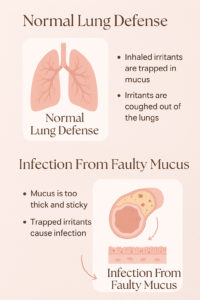
The Big Picture
Protein synthesis is a delicate dance. When the choreography is right, everything flows. But even the smallest misstep in this cellular routine can lead to major health issues—just like we see in cystic fibrosis.
Learning how our bodies work at this molecular level not only helps us understand disease, but gives us a deeper appreciation for the intricate systems keeping us alive and breathing.
References
Association, A. L. (n.d.). Understanding mucus in your lungs. American Lung Association. https://www.lung.org/blog/lungs-mucus#:~:text=Mucus%20in%20the%20lungs%20is,NTM%20lung%20disease%20or%20asthma.
Basics of the CFTR protein. Cystic Fibrosis Foundation. (n.d.). https://www.cff.org/research-clinical-trials/basics-cftr-protein
Fahy, J. V., & Dickey, B. F. (2010). Airway mucus function and dysfunction. The New England journal of medicine, 363(23), 2233–2247. https://doi.org/10.1056/NEJMra0910061.
Tortora, G. J., & Derrickson, B. H. (2020). Principles of Anatomy and Physiology (16th ed.). Wiley Global Education US. https://online.vitalsource.com/books/9781119662686
Raquel Schroeder
Hey, I’m Raquel—nursing student, flight attendant, mama, and glow-getter.
You May Also Like

